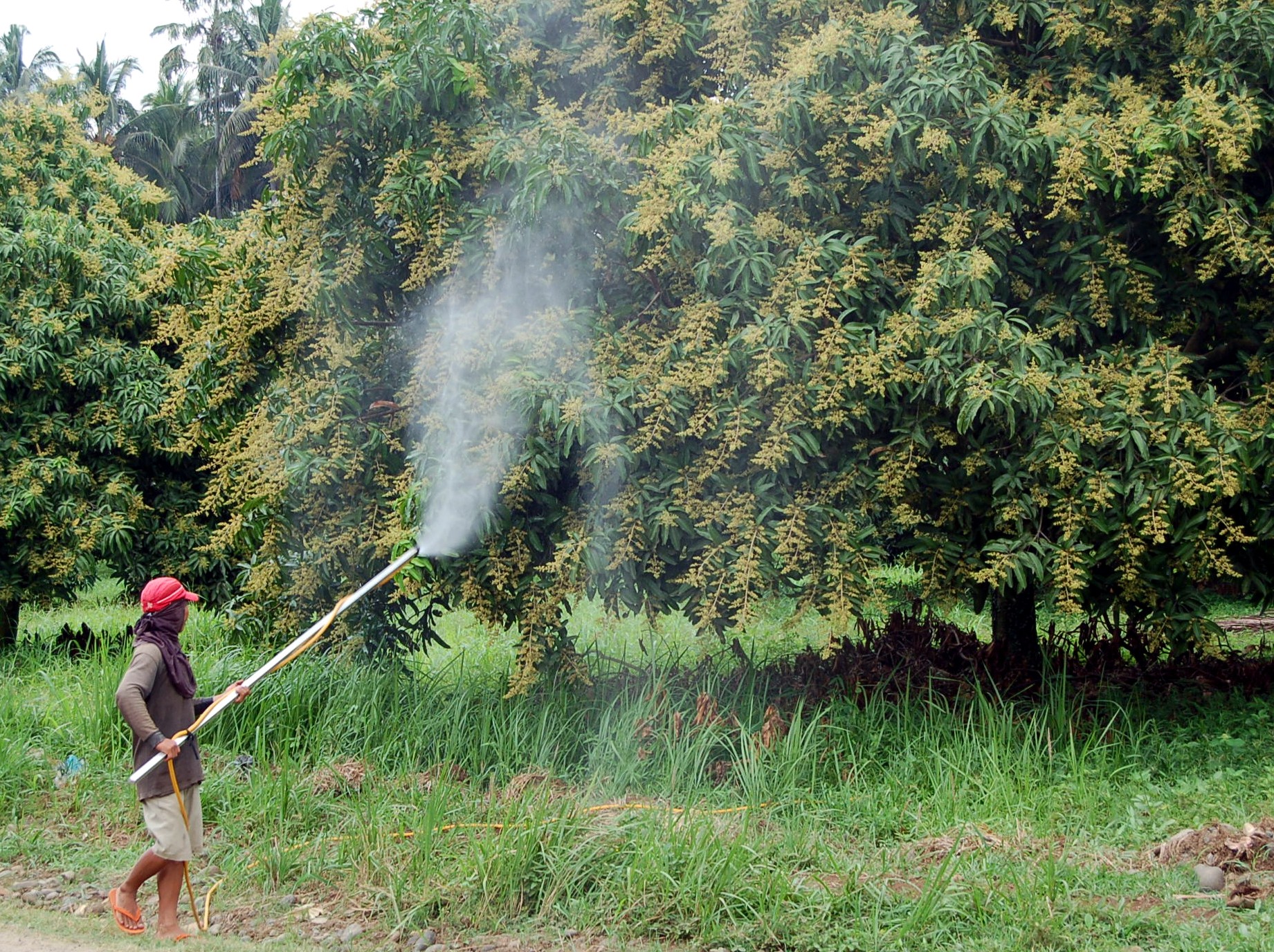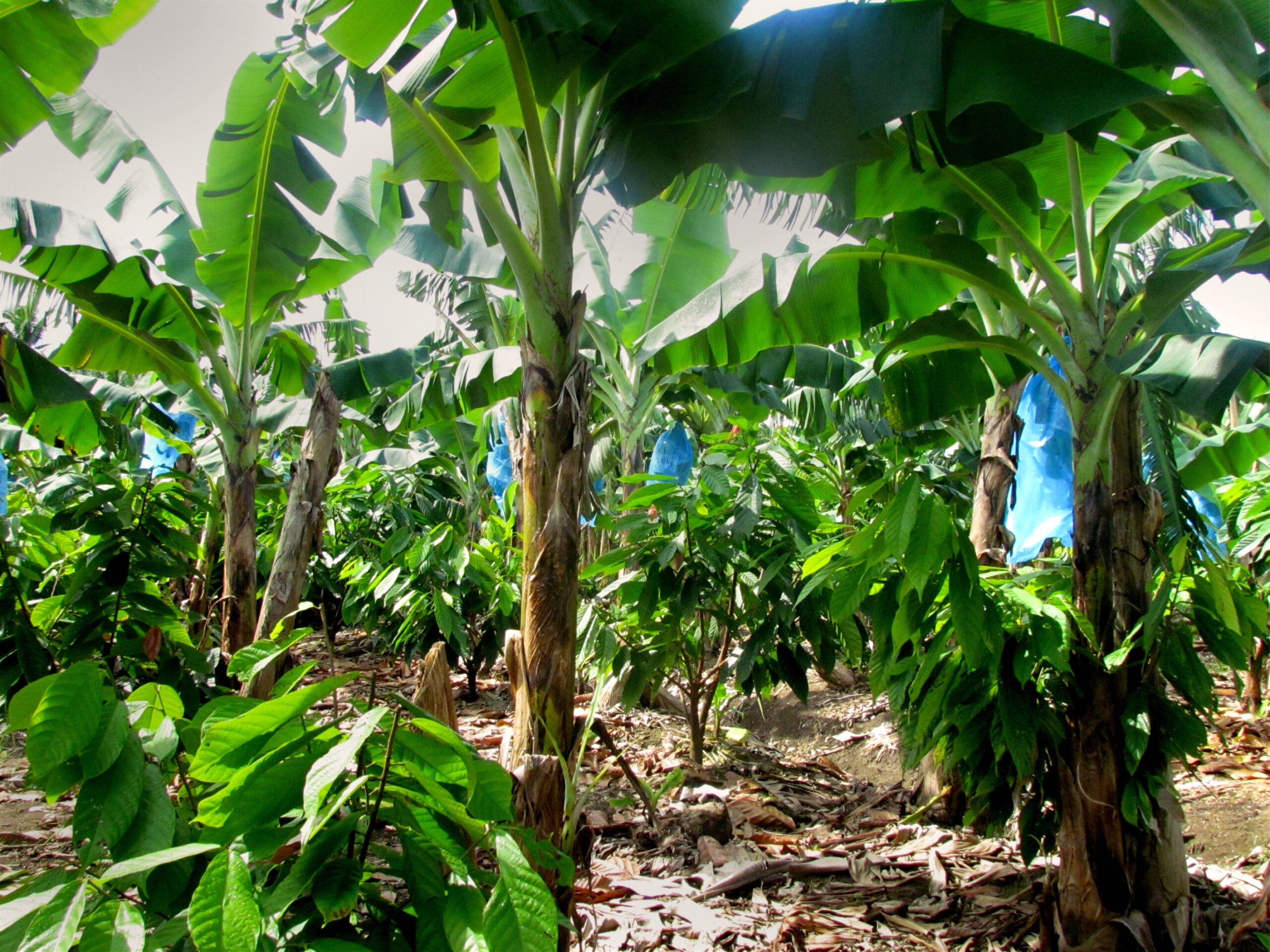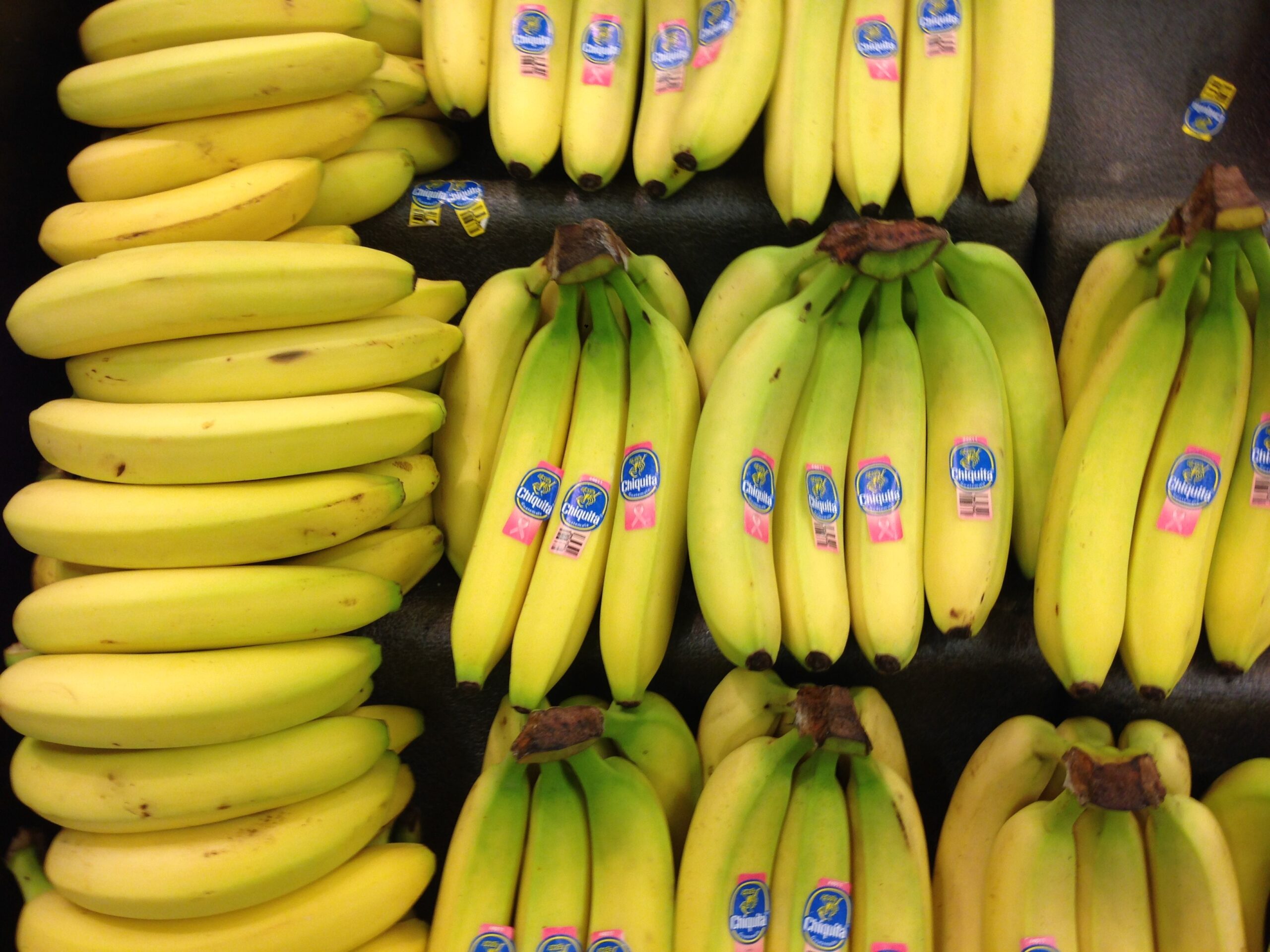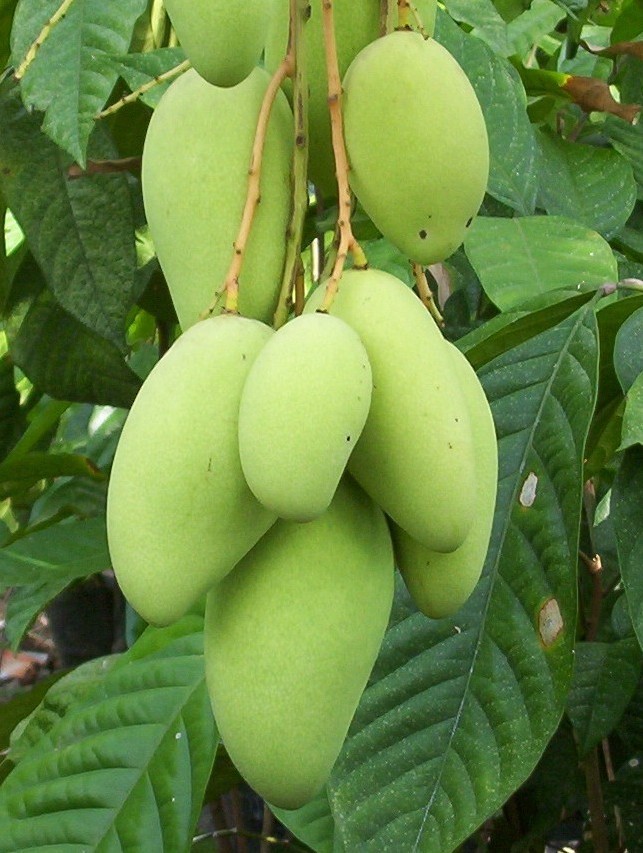Text and Photos by Henrylito D. Tacio
Filipino farmers have to adopt several strategies to fight the consequences brought about by climate change, or else their livelihoods are at stake.
Climate change refers to long-term shifts in temperatures and weather patterns. These shifts may be natural, but since the 1800s, human activities have been the main driver of climate change, primarily due to the burning of fossil fuels (like coal, oil, and gas), which produces heat-trapping greenhouse gases.
In crop production, the problems most farmers encounter these days are drought, excessive rain, and similar hazards. “These threats emanate from the continuing global issue of climate change which require focused and strategic interventions for agricultural production to prosper,” said a press release from the University of the Philippines-Mindanao.
In Davao del Norte, several farmers are planting bananas (particularly Cavendish) and mangoes. These farmers have experienced the above consequences of climate change – and they have adopted some strategies to counter the effects. All these are contained in the study, “Determinants of climate change adaptation strategies of Cavendish banana and mango farmers in Davao del Norte, Philippines.”
The findings of the study were presented in the UP Mindanao’s webinar forum, “Towards Creating Impact: UP Mindanao-funded Research.”
“The impacts of climate change on the agricultural sector have made adaptation unavoidable. Thus, this study aimed to examine the climate change adaptation strategies of farmers involved in the production of tropical fruit exports such as Cavendish bananas and mangoes,” explained Assistant Professor Jon Marx Sarmiento of the UP Mindanao’s School of Management.
The Philippines is one of the largest exporters of Cavendish bananas in the world. It is a major industry in Mindanao as it produces more than 90% of total production in the country, according to the paper, “Philippine Cavendish Banana Value Chain: Exploring Potential for Fair Trade Certification.”
Cavendish banana in Davao del Norte has a total planted area of 26,297, making up 36.9% of the entire industry. Production areas are found in Panabo (28%), Santo Tomas (25%), and Kapalong (11%).



According to the study, the top agricultural adaptation strategies for the Cavendish banana in Davao del Norte are the creation or improvement of a drainage canal, frequent watering, increased use of fertilizer, transition to organic or sustainable farming, and improved harvesting technique.
“The factors that influence the adoption of these strategies for Cavendish banana production are farm size, the incidence of drought, excessive rain and other farm hazards, and the farm’s annual income,” the study said.
Philippine mangoes have already established its reputation locally and internationally as a superior fruit among other varieties in the world. In Davao region, it is grown mostly in Davao del Sur and Davao City. Several farmers in Davao del Norte have also planted the fruit crop in their farms.
The lead strategies adopted by farmers in Davao del Norte for mango production are frequent watering, practicing a land holiday, farm diversification, making a transition to organic or sustainable farming, and conservation horticulture techniques.
A land holiday, the study explained, is allowing the land to rest by not applying artificial flowering chemicals.
“The factors that govern the choice of adaptation strategies are the importance of the mango crop to the farm, if it is the main source of income, the years of farming experience, and the farmer’s access to training and agricultural extension services,” the study said.
“The presence of drought, if there is, the farmer’s awareness of climate change, the farm’s annual income, and the farmer’s household size also determine the choice of adaptation strategies,” the study added.
“Having arrived at these findings, a community-based information system is one of the first interventions that mango and Cavendish banana farmers need to increase their level of awareness and overcome these climate change-related threats,” Sarmiento reiterated.
“In addition, the government, non-government organizations, and the private sector need to consider the factors that influence the choice of strategies for a more targeted intervention to help improve the farmers’ capability for adaptation,” he pointed out.
A total of 185 Cavendish banana farmers and 160 mango farmers contributed to the study by answering a survey questionnaire.
Focus group discussions were done to guide the survey questionnaire design and succeeding data collection activities. The farmers were selected through Stratified Random Sampling, and the data collected were analyzed through Stata software.
The Multivariate Probit Regression was the main econometric tool used for the study by the team composed of Melissa Loquias, Eloisa Lynne Banguis, Glory Dee Romo, Larry Digal, and Sarmiento.

